 “Who is the best person to raise a child” is the central question for the story in The Light Between the Oceans. The movie stars Michael Fassbender and Alicia Vikander as Tom and Isabelle, a married couple who manage a lighthouse off the Australian coast following World War I. One day this childless couple find a baby stranded in a raft that washes up in front of their house and decide, assuming the child’s parents were killed in an accident at sea, to take her in as their own.
“Who is the best person to raise a child” is the central question for the story in The Light Between the Oceans. The movie stars Michael Fassbender and Alicia Vikander as Tom and Isabelle, a married couple who manage a lighthouse off the Australian coast following World War I. One day this childless couple find a baby stranded in a raft that washes up in front of their house and decide, assuming the child’s parents were killed in an accident at sea, to take her in as their own.
One day, though, the situation begins to fall apart. While visiting elsewhere they meet Hannah (Rachel Weisz), a woman who seems to have some sort of connection with the baby Tom and Isabelle found years prior. As that becomes more and more clear what that connection is, though there’s little to expose the reality of what they did. So it’s up to Tom and Isabelle to struggle with what the right thing to do is and how that will impact their lives, Lucy’s life and Hannah’s life.
The Posters
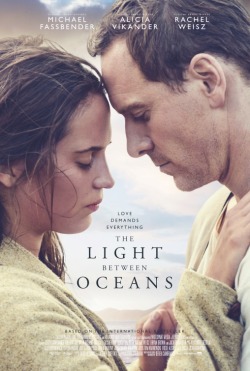 The first poster sets the movie up as a Nicholas Sparks-esque romance, showing Vikander and Fassbender with their foreheads pressed up against each others’, clearly in the midst of an intimate, romantic moment. The colors are faded and you can see the ocean in the background, which kind of establishes the setting. In between the two stars and above the title treatment we’re told “Love demands everything,” again reinforcing the romance angle and ignoring anything about a mysterious abandoned baby.
The first poster sets the movie up as a Nicholas Sparks-esque romance, showing Vikander and Fassbender with their foreheads pressed up against each others’, clearly in the midst of an intimate, romantic moment. The colors are faded and you can see the ocean in the background, which kind of establishes the setting. In between the two stars and above the title treatment we’re told “Love demands everything,” again reinforcing the romance angle and ignoring anything about a mysterious abandoned baby.
The theatrical one-sheet pulls the camera out to show the two lovers frolicking – that’s the only word I can use – in the ocean together. The title treatment is much larger here and the same copy point is used. Again, it’s just selling the movie as an epic love story, which appears to only be the foundation of these characters and not the primary plot motivation.
The Trailers
The first trailer opens on a lovely sunset over the ocean and we see Thomas and Isabelle writing love letters to one another. After their declarations of love we see she suffers a miscarriage but later find a baby that’s been abandoned on a raft that comes up to their home on the seashore. They make the decision to raise the baby as her own but one day the meet a woman who claims her sister and brother-in-law lost a baby at sea. Thomas wants to admit the situation but she doesn’t want to give up the child they’ve raised as their own for years.
Oy, the emotions. This one hits all the heartstrings as it tells the story of a mother who just wants to maintain what she feels is the status quo after a tragedy and miracle that healed her family. This looks like it will not only tell a gripping story about the characters as they are but also get into what makes a family and what it takes to be happy.
Online and Social
So interestingly there doesn’t seem to be any sort of official owned website for the movie. The URL LightBetweenOceansMovie.com, which is included in TV spots and other videos, redirects to this video, which seems to be an extended TV spot. There were, though, Facebook and Twitter profiles where the studio shared videos, images and more. There’s more going on on Twitter, which has links to recently-released clips and other updates than there is on Facebook, which just has a handful of updates in the last few months.
Advertising and Cross-Promotions
TV spots like this one tried to distill the story down to a 30 second runtime and doesn’t really do it justice. It sells the story about the baby’s fate but doesn’t establish the loving relationship between Tom and Isabelle almost at all, meaning it’s missing out on what feels like half the movie. Or at least it’s missing some important foundational work.
There were also extensive online ads run on Twitter, Facebook and YouTube and, I’m assuming, other sites. Those ads either pointed to the trailer or TV spots or the key art to try and sell tickets.
Media and Publicity
A couple of first-look stills featuring Vikander and Fassbender were released well in advance of release. The two stars talked here about not only making the movie but also how filming it lead to them becoming a real-life couple.
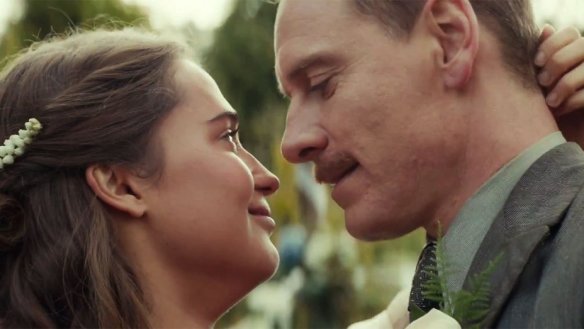
There were other stories as well, mostly hitting the same notes about adapting the best-selling book to the screen, the two stars working together and falling in love in real life and more.
Overall
There are two distinct stories being sold here by two distinct elements of the campaign: The posters and publicity are very much selling the love story, the wonderful life that Tom and Isabelle have together and how passionately they’re in love with one another. Then there’s the trailers and TV spots that are selling partly that but mostly the drama around finding the abandoned baby and the decision as to what to do about that situation.
Aside from the story elements, there’s still a big focus on the performances of Vikander and Fassbender. They’re both obviously front and center in the campaign, which is asking the audience to buy into their on- and off-screen romance as a main component to building interest in the movie. That makes some sense, but it also has the risk of being over-sold, particularly with the emphasis it’s received here. Let’s see if it connects with target audience or gets passed by.

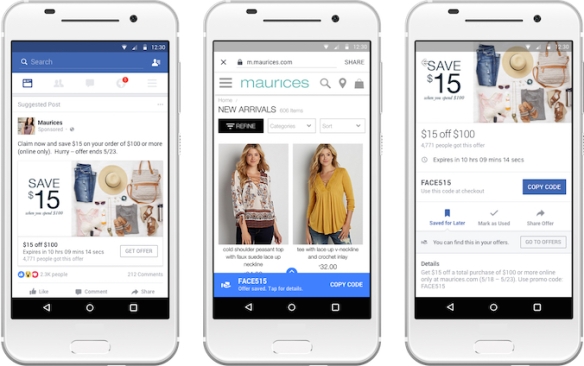
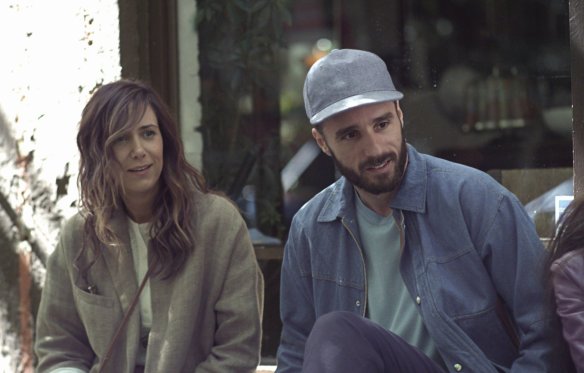
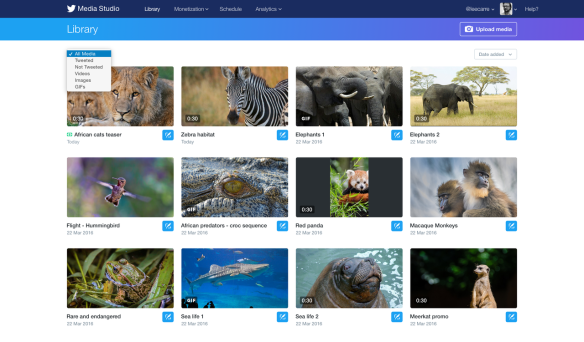
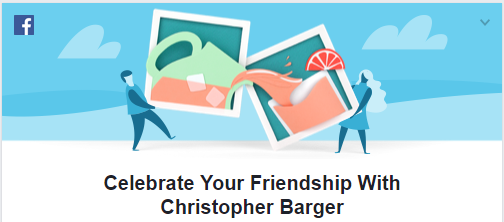
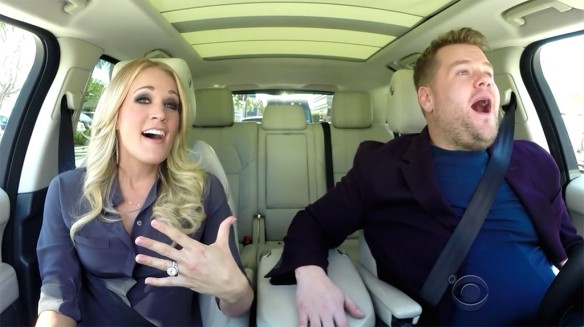
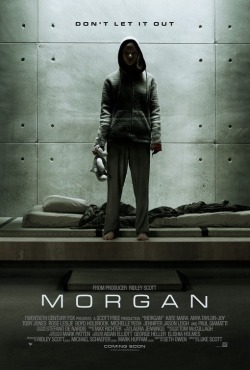 Want to get Movie Marketing Madness via email?
Want to get Movie Marketing Madness via email?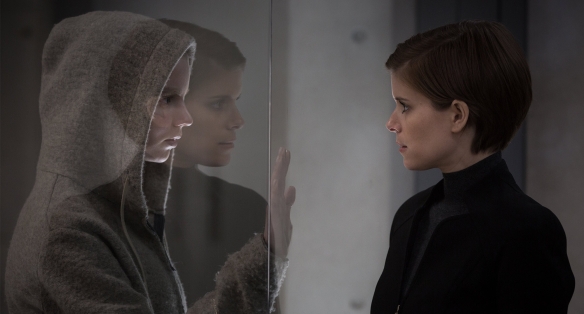
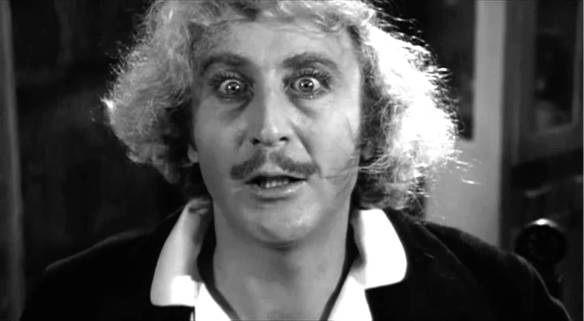

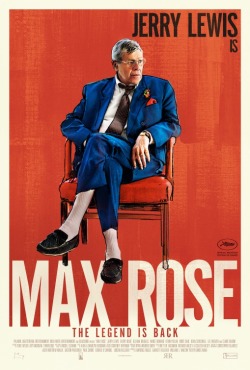 Want to get Movie Marketing Madness via email?
Want to get Movie Marketing Madness via email?